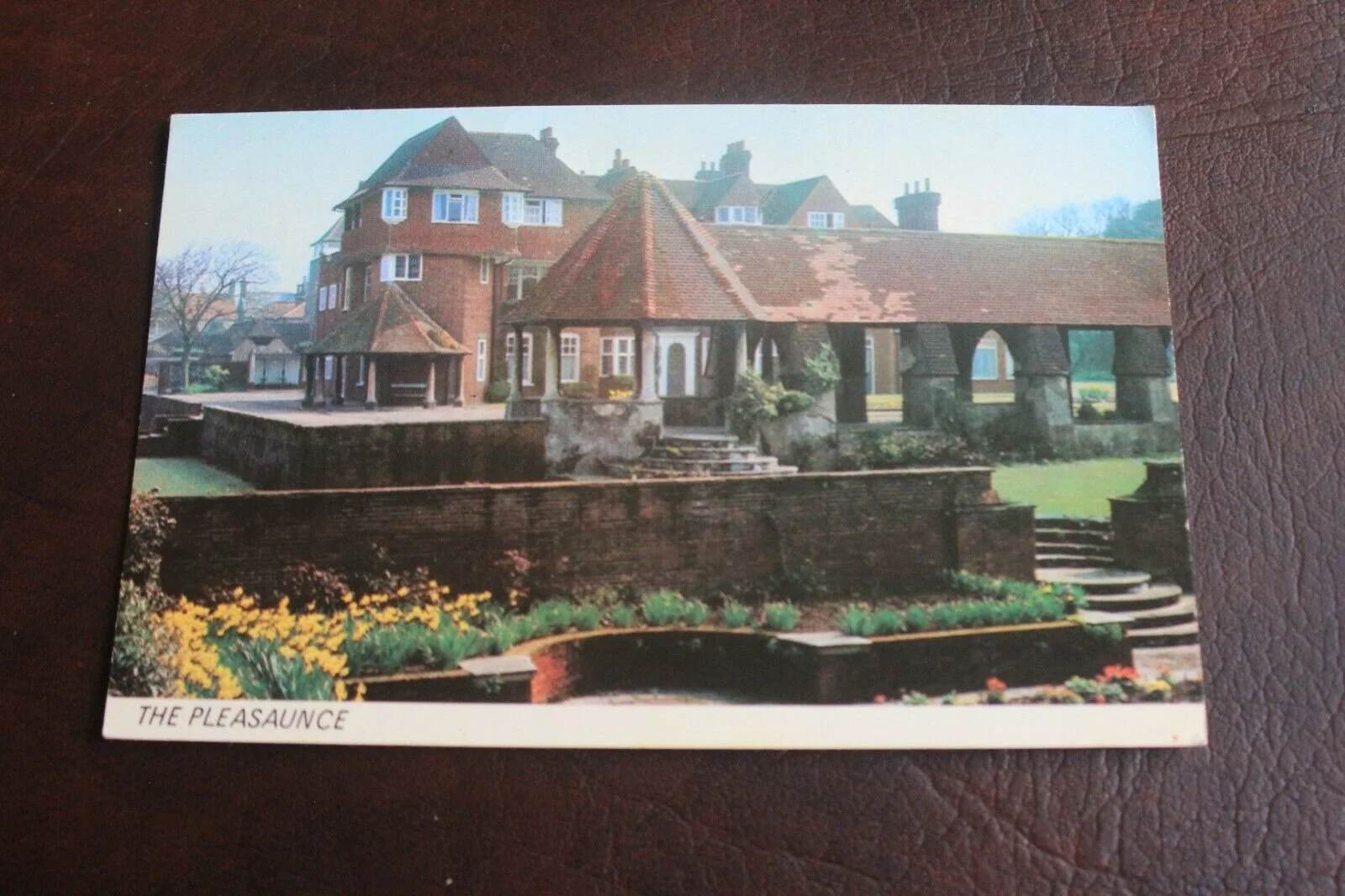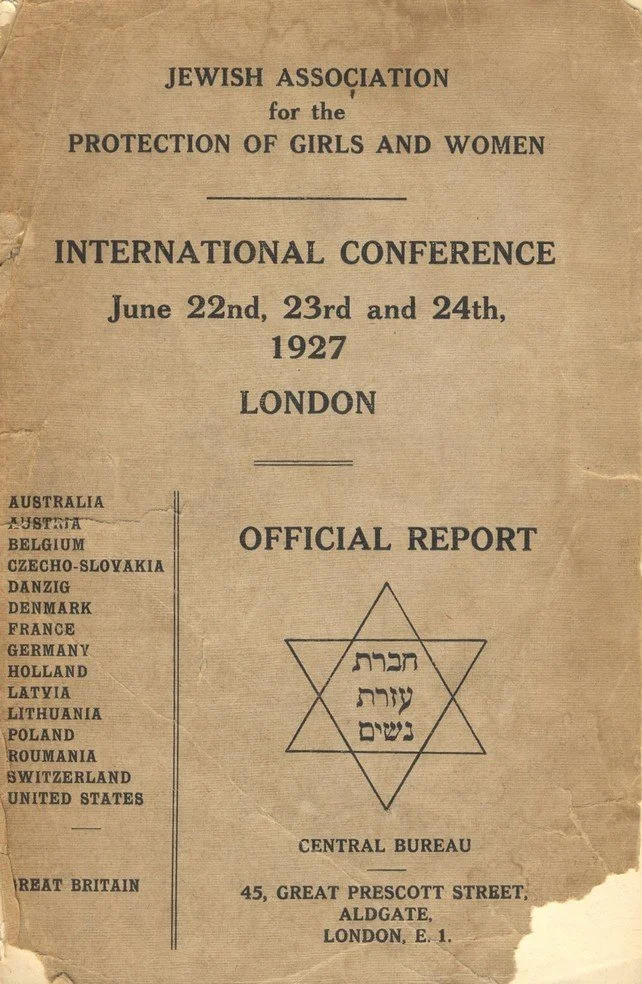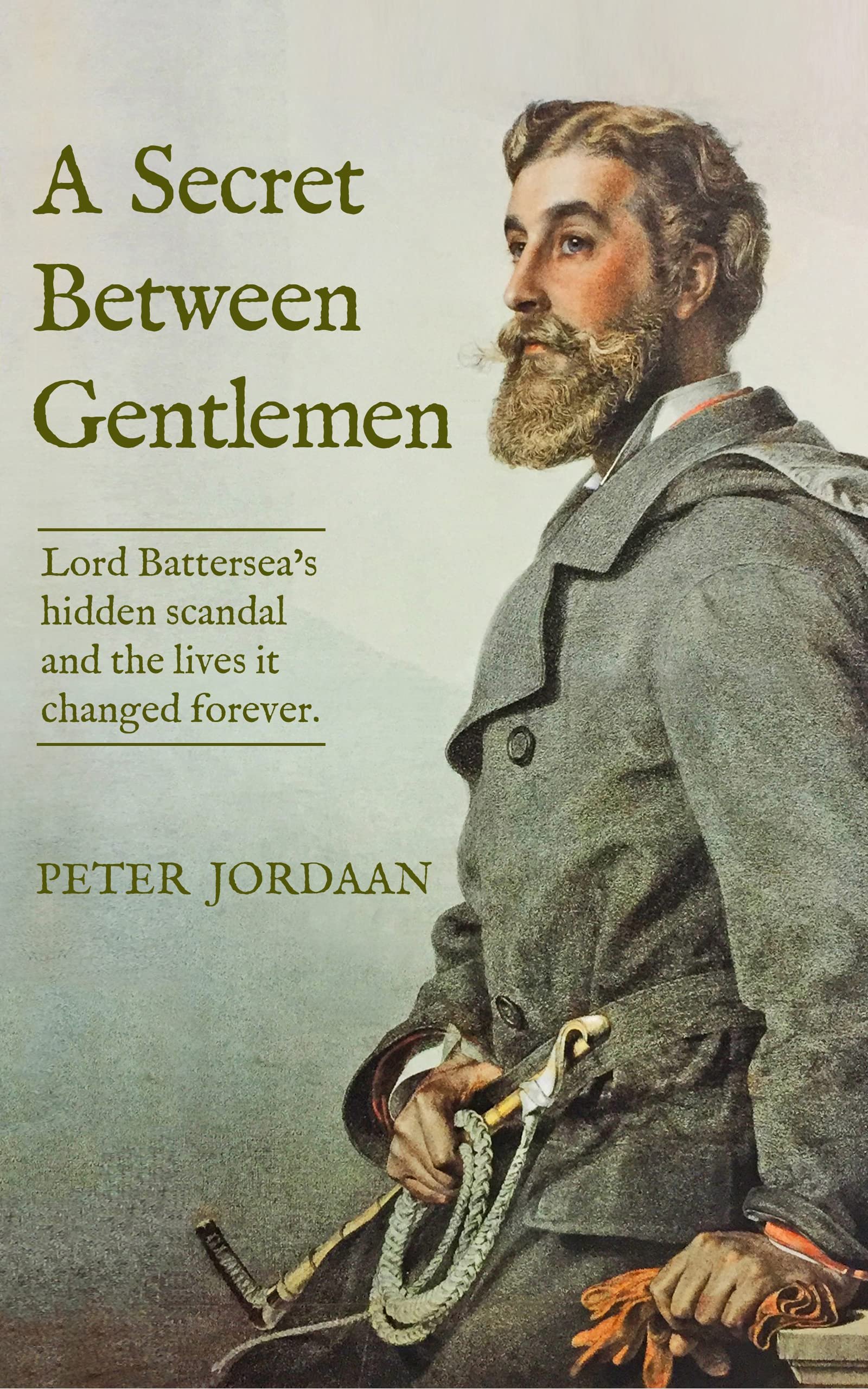Lady Battersea
By Jeanne Rathbone
Constance Rothschild: High society, privilege and philanthropy
When I discovered that there was a Lady Battersea, I had to blog about her. She was another woman married to a man who preferred men, reminding me of Elsa Lanchester. One significant difference was that Lord Battersea was handsome. She and her husband came from an upper class background; she was a wealthy Rothschild from one of the wealthiest and most distinguished banking families in England.
Constance Rothschild, known as Connie, was born in 1843. She and her sister Anne were the daughters of Baron Anthony and Louisa (née Montefiore) de Rothschild, who were cousins. She had a thorough education, including drawing lessons, which was enlivened by sessions of whist with her father. Her mother had launched Anglo-Jewish women into organized philanthropy in Victorian England when she founded the philanthropic organization Union of Jewish Women.
Anne and Connie inherited their mother’s confidence and independent spirit as part of elite English society as well as her strong sense of duty to the poor. As girls they taught in the village schools and as young women at the Jews’ Free School for the poor in London. They wrote a popular children’s book entitled The History and Literature of the Israelites, which was highly praised by Prime Minister Benjamin Disraeli. They also inherited her ambivalence about their religion.
Their parents entertained the leaders of English politics and society. Constance married Cyril Flower (1843–1907), later Lord Battersea, in 1877 having met him through her cousin Leopold. He had been called to the bar, become a Liberal MP, was a patron of the arts, was referred to as "the most handsome man in the House of Commons” and was a great favourite of Gladstone. It was Gladstone who, in 1892, raised him to the peerage as Baron Battersea.
We don’t know if Constance was aware of Cyril’s sexual orientation when she married him, but she was thirty four at the time and had known him for many years. After her marriage she combined a lavish social life with charitable activities at their country estate of Aston Clinton, at Surrey House in London, or by the seaside at The Pleasaunce in Overstrand Norfolk. The marriage was childless.
The Pleasaunce, Overstrand, Norfolk
Lord Battersea’s development of Prince of Wales Mansions
Like his father Phillip, who had developed Park Town, St Phillips Square and St. Phillips Church in Battersea, Cyril developed mansion blocks on Prince of Wales Drive, hence their names: Overstrand, Norfolk, Cyril, Primrose and Rosebery Villa. This last was after cousin Hannah’s married name, the future Prime Minster Lord Rosebery.
Lady Battersea’s philanthropic leadership and the JAPGW
Constance became active in philanthropy, and in the temperance movement when she realised her servants abused liquor. She joined the British Women’s Temperance Association in the 1890s and became a leader of temperance campaigns. She was introduced to the women’s movement in 1881 by suffragist and temperance worker Fanny Morgan (whom she helped to undertake a political career that resulted in her election as mayor of Brecon).
In 1885, articles by journalist W. T. Stead alerted her to trafficking of Jewish girls and women. In response, she founded the Jewish Association for the Protection of Girls and Women (JAPGW). It worked closely with feminist and anti-white slavery organizations, thus launching Constance and the JAPGW into organized English feminism.
The Association offered rescue, job training and residential homes for women and girls and after World War I it joined the male JAPGW representatives in leading international rescue operations. The JAPGW eventually involved some of the most prominent Anglo-Jewish families and British Parliamentarians and collaborated with the League of Nations after World War I to combat sex trade. It was subsumed in 1947 into what eventually became Jewish Care.
Through her work with JAPGW, Constance was introduced to the National Union of Women Workers (NUWW), later the National Council of Women which became the umbrella organization for all women’s philanthropic groups in Great Britain. She served on the NUWW’s Executive Committee, was elected vice-president in 1896 and president in 1901. She remained in office until 1903 and served on the executive committee until 1919, when she was made an Honorary Vice President. Her reputation for social activism also led her to become involved in the movement for reforms of English women’s prisons.
Scandal surrounds Lord Battersea
Lord Battersea died in 1907, at the age 64; the barony became extinct. He had faded from public life after 1902, having been involved in a homosexual scandal which was the subject of A Secret Between Gentlemen: Lord Battersea's Hidden Scandal and the Lives it Changed Forever by Peter Jordaan. As Britain was preparing for the coronation of King Edward VII, officials were scrambling to hush up this major criminal case that involved the procurement of youths for thirty prominent and aristocratic gentlemen, including members of Parliament. Although Lord Battersea was ringleader in the case, in which two procurers were imprisoned, he was secretly granted immunity from prosecution. Nevertheless, Lady Battersea’s memoirs make plain her admiration for her husband, her enjoyment of his career, and their mutual interests.
An inspiring woman of Battersea — if only by name
Constance died at The Pleasaunce on 22 November 1931, the anniversary of her marriage. She is buried in the Jewish cemetery in Kensal Green. I don't know if she ever visited our Borough of Battersea. Nevertheless, her contribution, despite her privilege, to Jewish women's social and political life in Britain is worthy of celebration and I am happy to add her to the list of Inspiring Women of Battersea.



